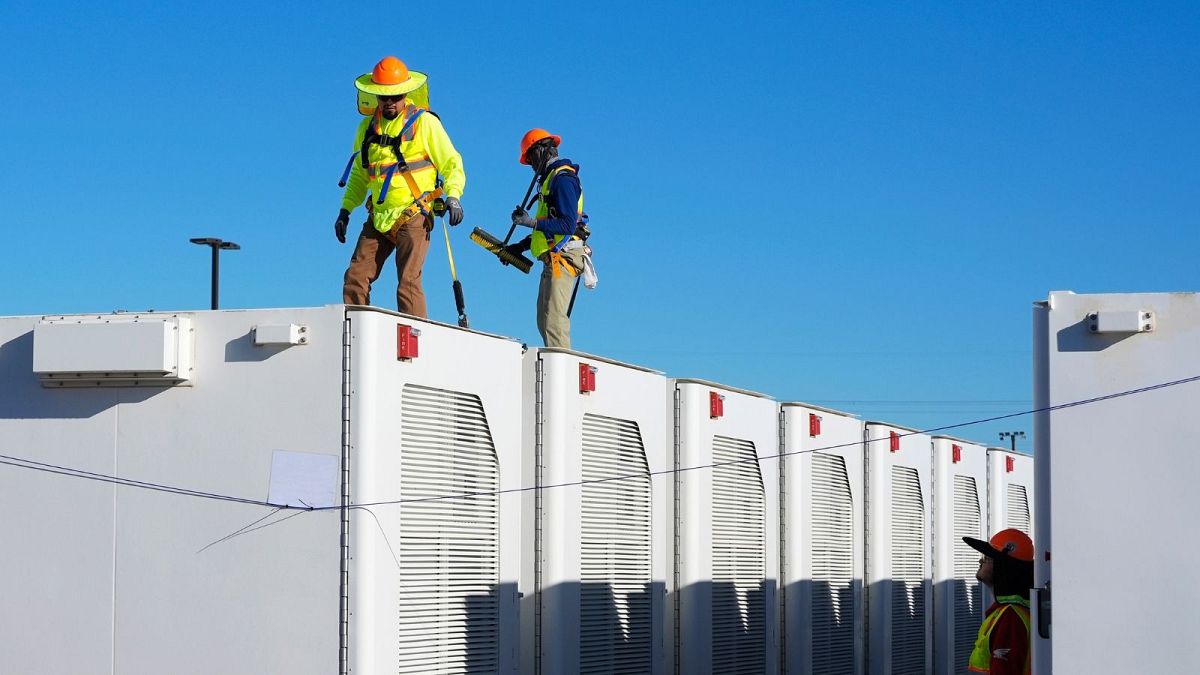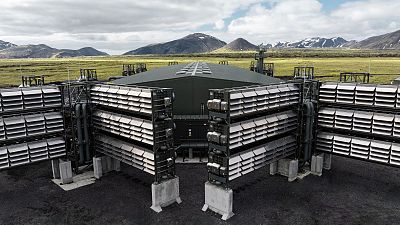To hit our 2030 energy goals, global storage capacity needs to increase sixfold. Batteries will do most of the heavy lifting.
Battery costs have dropped by more than 90 per cent in the last 15 years, a new report from the International Energy Agency (IEA) reveals.
It’s one of the fastest declines ever seen among clean energy technologies, and provides hope that batteries can carry the world to its renewable energy goals.
While we still tend to think of lithium-ion batteries as a component of consumer electronics like phones and laptops, the tech is playing an increasingly huge part in the energy sector - which now accounts for over 90 per cent of overall battery demand.
In 2023 alone, battery deployment in the power sector increased by more than 130 per cent. They’re revv-ing up the electric car takeover too, with 14 million of the vehicles sold last year compared to 3 million in 2020.
“The electricity and transport sectors are two key pillars for bringing down emissions quickly enough to meet the targets agreed at COP28 and keep open the possibility of limiting global warming to 1.5°C,” says IEA Executive Director Fatih Birol.
“Batteries will provide the foundations in both areas, playing an invaluable role in scaling up renewables and electrifying transport while delivering secure and sustainable energy for businesses and households.”
At the COP28 climate summit in Dubai in December, countries agreed to triple renewable energy capacity by 2030 and double the pace of energy efficiency, all while moving away from climate-wrecking fossil fuels.
Batteries are the linchpin of that ambition, as the IEA explains in its special report on Batteries and Secure Energy Transitions - the first comprehensive analysis of the entire battery ecosystem.
Why are batteries so important?
Since solar and wind energies are variable renewables, battery storage is crucial to smoothing out the supply of electricity from these green sources.
It can also alleviate grid congestion in times of high supply, offering an outlet to capture and store excess electricity that would otherwise be lost.
To triple global renewable energy capacity by 2030, the IEA calculates that 1,500 GW of energy storage, of which 1,200 GW from batteries, will be required.
Batteries can also help achieve universal energy access worldwide by 2030, enabling 400 million people in developing economies to gain electricity access through decentralised solutions like solar home systems and mini grids.
What’s needed to scale up batteries?
Growth in batteries outpaced almost all other clean energy technologies in 2023, the IEA says, as falling costs, innovation and supportive industrial policies helped to drive up demand.
“The combination of solar PV and batteries is today competitive with new coal plants in India,” Dr Birol says. “And just in the next few years, it will be cheaper than new coal in China and gas-fired power in the United States. Batteries are changing the game before our eyes.”
But battery deployment still needs to scale up significantly in the next few years if the world is to hit our energy and climate goals.
To do so, overall energy storage capacity will need to increase sixfold by 2030 worldwide, with batteries accounting for 90 per cent of the increase and pumped hydropower covering most of the rest.
G7 leaders committed to a new global energy storage target on Tuesday that aligns with this goal.
The IEA’s report finds that is achievable if costs come down further without compromising on quality.
Ensuring energy security also requires greater diversity in supply chains, including for extracting and processing the critical minerals used in batteries - and for manufacturing the batteries themselves.
Global battery manufacturing has more than tripled in the last three years, it adds.
While China produces most batteries today, the report shows that 40 per cent of announced plans for new battery manufacturing is in advanced economies such as the US and the European Union.



